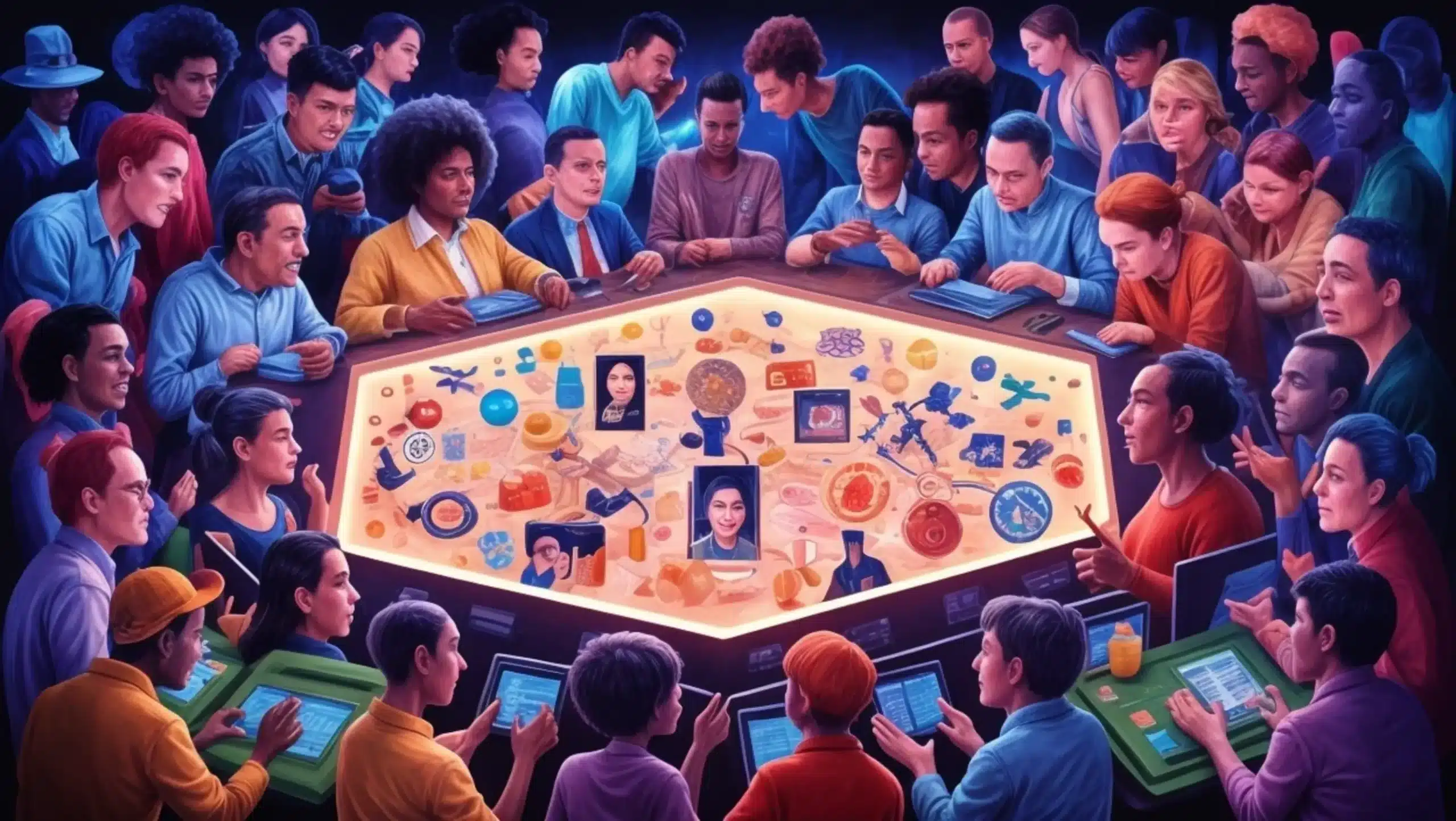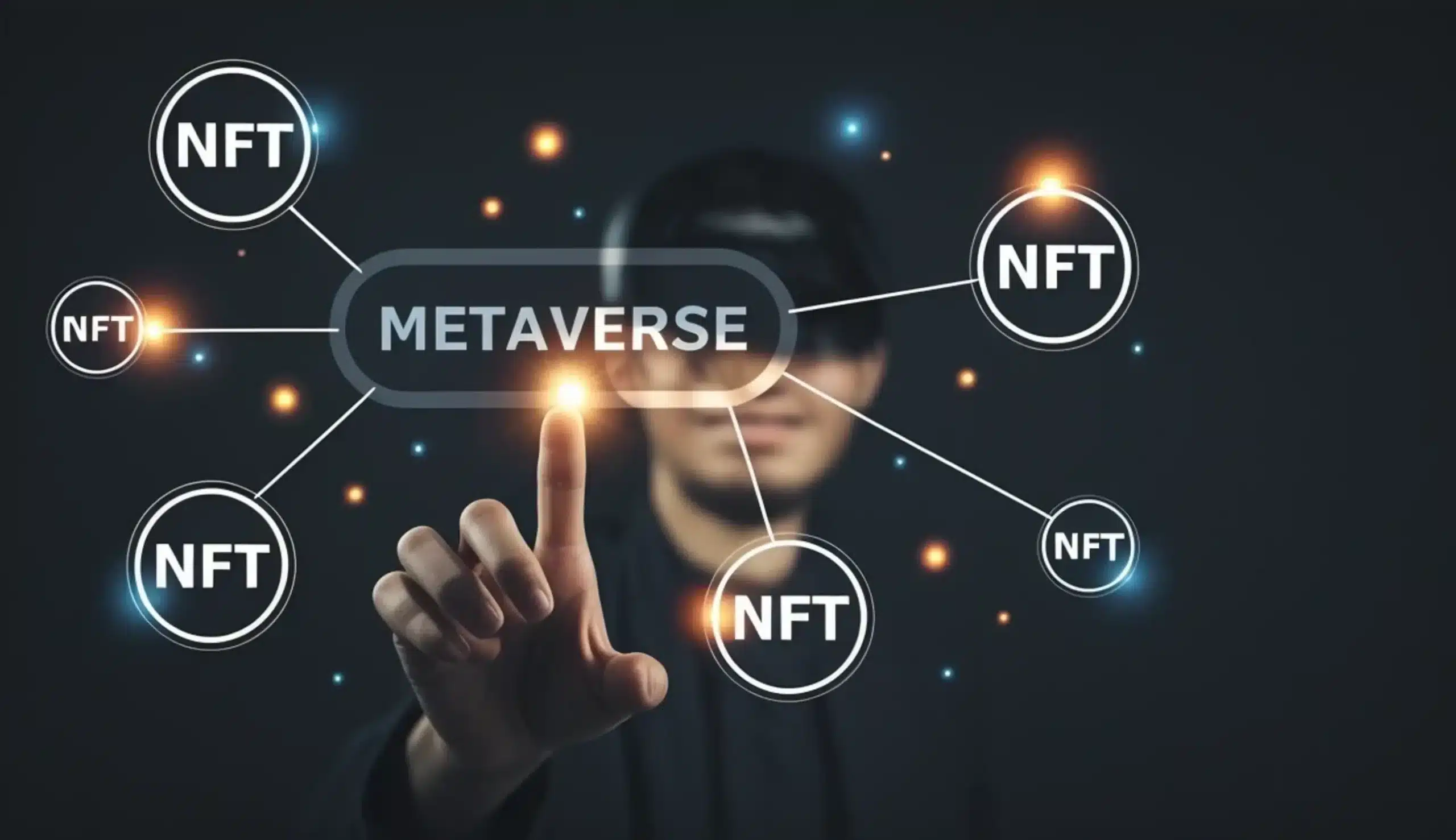Why Community Governance Is About to Change Everything in Gaming
We are on the brink of a revolution in gaming, where community governance will redefine engagement and economics. With pixels serving as both assets and expressions, understanding this shift is crucial for gamers and developers alike. Don’t miss out on how this transformation can empower your gaming experience.
The Role of Community Governance in Gaming
Community governance in gaming refers to the systems and frameworks that empower players to participate in decision-making processes. This is increasingly vital as games evolve into social ecosystems where player engagement drives economic value. According to recent insights, community governance can significantly influence game design and the allocation of resources, allowing players to make their voices heard.
Player Influence in Decision-Making
Players are not just consumers; they are stakeholders. With community governance, they can vote on changes, propose features, and even influence the game’s monetary systems. This participatory approach fosters a sense of ownership, dramatically altering the player experience. For instance, successful governance models in games like Axis & Allies Online and Star Wars: The Old Republic have demonstrated how player-driven decisions can lead to better game outcomes and increased player satisfaction.
Pixels as Assets in the Gaming Economy
In the evolving gaming economy, pixels are no longer just visual elements; they represent real economic units. These digital assets can be bought, sold, or traded, contributing to a player’s investment in their gaming experience. Consider how the introduction of NFTs (non-fungible tokens) in games has transformed this concept. Ownership of unique in-game items can increase a player’s stake in the community and economy alike, as noted by industry experts.
Impact of Digital Ownership
The impact of digital ownership extends beyond mere possession. Players who invest in pixels see their assets as extensions of their identity within the game. This shift creates deeper emotional connections and incentives for community engagement. As players acquire and trade pixels, they are not just participating in a game; they are investing in a vibrant economy that reflects their contributions and decisions.
Understanding P2E Models and Their Growth
Play-to-Earn (P2E) models are transforming engagement strategies in gaming. These models allow players to earn real-world rewards, which has attracted vast audiences. Games like Axie Infinity exemplify this shift, enabling players to earn by participating in the game. This emerging trend reshapes how communities interact and engage with the game and each other.
Benefits and Challenges
While the benefits of P2E models are clear—financial incentives drive engagement—challenges exist. Unsustainable economic models can lead to burnout and speculation. Moreover, the influx of new players can disrupt existing communities. Case studies of successful P2E implementations show that effective governance can mitigate these challenges, ensuring equitable distribution of rewards and fostering a healthy, engaged community.
Current Trends Shaping the Future of Gaming
The landscape of gaming continues to evolve, thanks largely to significant technological developments. The rise of decentralized gaming platforms is particularly noteworthy, allowing for more transparent and player-driven governance structures. Innovative technologies like blockchain facilitate these changes, ensuring that players maintain ultimate control over their assets and governance.
Implications for Community Governance
As these trends mature, community governance structures will likely become more sophisticated. Decentralized platforms empower users not only to participate in governance but to shape economic structures that reward their contributions. This shift transforms the very fabric of gaming, turning pixels into powerful tools for community building.
The Importance of Engaging Communities in Development
Involving communities in development is no longer a luxury but a necessity. Incorporating player feedback can yield richer and more enjoyable gaming experiences. Developers increasingly recognize that transparency fosters trust and allegiance among players who wish to see their ideas come to fruition.
Methods for Incorporation
Effective methods for integrating community feedback include regular surveys, forums, and collaborative development tools. Notable games like Fortnite and Minecraft have demonstrated the power of community suggestions in shaping ongoing updates and expansions, illustrating that player input can lead to innovation while enhancing community satisfaction.
Future Possibilities: Gaming, Governance, and Innovation
Looking ahead, it’s clear that governance in gaming will evolve dramatically. Predictions suggest new models driven by player communities will emerge, reshaping the concept of ownership and value in gaming. Innovations in governance can enhance the gaming economy, encouraging new interactions and opportunities within communities.
Innovations in Governance
The potential for innovation in governance structures is vast. As technologies develop, gamers will likely adopt frameworks that facilitate even deeper engagement, fostering economic growth and player investment like never before. These changes signify not just a shift in how games are created but in how players perceive their roles within them.
In conclusion, community governance, the rise of pixels as valuable assets, and innovative P2E models stand to revolutionize the gaming industry. By embracing these transformations, both gamers and developers have the opportunity to redefine engagement, economics, and community within the virtual worlds they inhabit.










